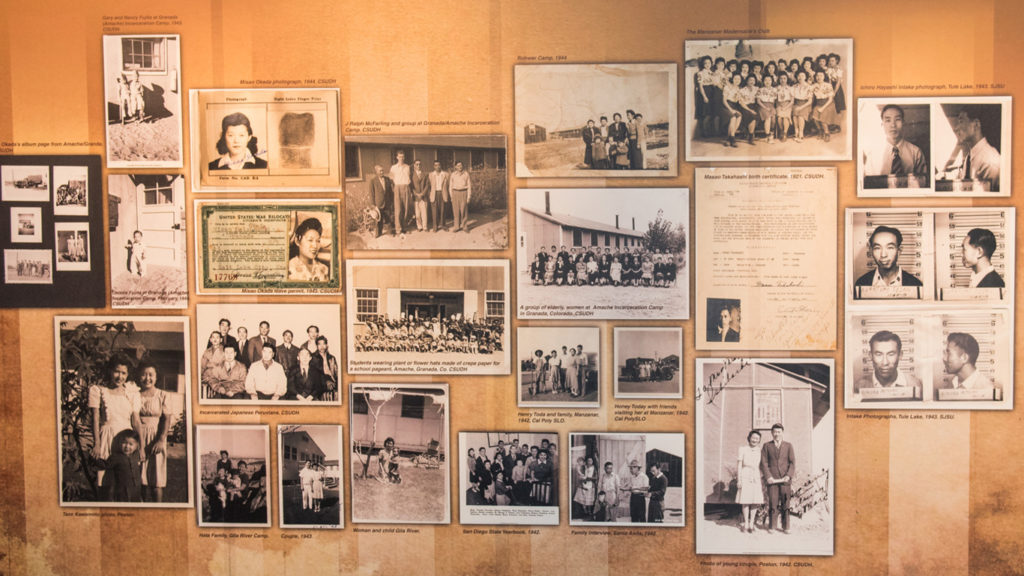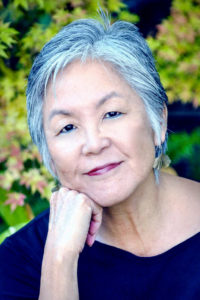

“And Then They Came for Us…,” California State University, Dominguez Hills’ (CSUDH) daylong commemoration on Feb. 9 marking the 75th Anniversary of Executive Order 9066 (EO9066), which authorized the mass incarceration of Japanese Americans during WWII, will include keynote speaker Satsuki Ina, the renowned filmmaker who was born in the Tule Lake Segregation Center during the war.
On Feb. 19, 1942, President Franklin Delano Roosevelt signed EO9066 authorizing the creation of military areas along with west coast from which “any and all persons may be excluded” at the discretion of the secretary of war. The order paved the way for the government to remove tens of thousands of American citizens of Japanese descent and Japanese immigrants from their homes and place them in military guarded camps for over two years.
In recognition of the important lessons to be learned from this dark point in U.S. history, CSUDH is marking the 75th anniversary of EO9066 throughout the spring semester with both a curriculum focus in a number of classes and activities open to the public. Feb. 9 will be the focal point of the commemoration, with a series of events throughout the day:
1:00-2:00 p.m.
First floor Social and Behavioral Sciences building
Re-dedication of the Shinwa-en Japanese Garden. The Shinwa-en Japanese Garden was constructed in 1979 by local Japanese gardeners as a gift to the university. The re-dedication ceremony will include words from historian and novelist Naomi Hirahara, whose parents survived the Hiroshima bombing. The ceremony will be followed immediately by the academic symposium.
2:30-5:15 p.m.
Loker Student Union Ballroom C
“And Then They Came for Us…: A Symposium marking the 75th anniversary of EO 9066.” The symposium will feature two presentations:
- Tom Ikeda, the founding executive director of Densho: The Japanese American Legacy Project. Ikeda, whose parents and grandparents were incarcerated during World War II at Minidoka, Idaho, has also conducted more than 200 video-recorded oral history interviews with Japanese Americans.
- Kim Yasuda, an artist and professor of public practice in the Department of Art at the University of California, Santa Barbara, whose work investigates the role of art, artists, and educational institutions in community development and civic life.
5:30 p.m.
Library Cultural Arts Gallery, LIB-1940
“And Then They Came For Us… Archival Exhibition marking the 75th anniversary of Executive Order 9066” The exhibition will provide an up-close look at materials from the collections in the archives at CSUDH as well archival materials from throughout the California State University (CSU) system that are part of the CSU Japanese American Digitization Project (CSUJAD). The project is led by CSUDH and funded by the National Endowment for the Humanities and the National Park Service.
“The point of this commemoration is to continue to show our students and the public the connection between civil rights and freedom and fear and security. It had echoes after 9-11. It echoes today,” said Greg Williams, director of Archives and Special Collections, principal investigator on the CSUJAD project and curator of the exhibition.
Keynote Address, 7-8 p.m.
Loker Student Union Ballroom C
Satsuki Ina’s documentary films about the Japanese American concentration camp experience “Children of the Camps” and “From a Silk Cocoon” have been broadcast nationally on PBS. She has just completed a book based on letters, diaries, and poetry written by her parents, who were held in separate camps.
CSUDH’s EO9066 anniversary commemoration will continue through April 2017 with a musical concert, and additional lectures. For a full schedule of events or more information, visit here.
About CSU Dominguez Hills
With a student population of approximately 14,000, many who are first in their families to attend college, CSU Dominguez Hills provides high quality academic programs to students who aspire to succeed and thrive in a complex, global society. A leader in fostering a college-focused culture in the urban communities it serves, the university offers a proven path to opportunity and social equity and is a national laboratory and model for student access and success. For more information, visit us.